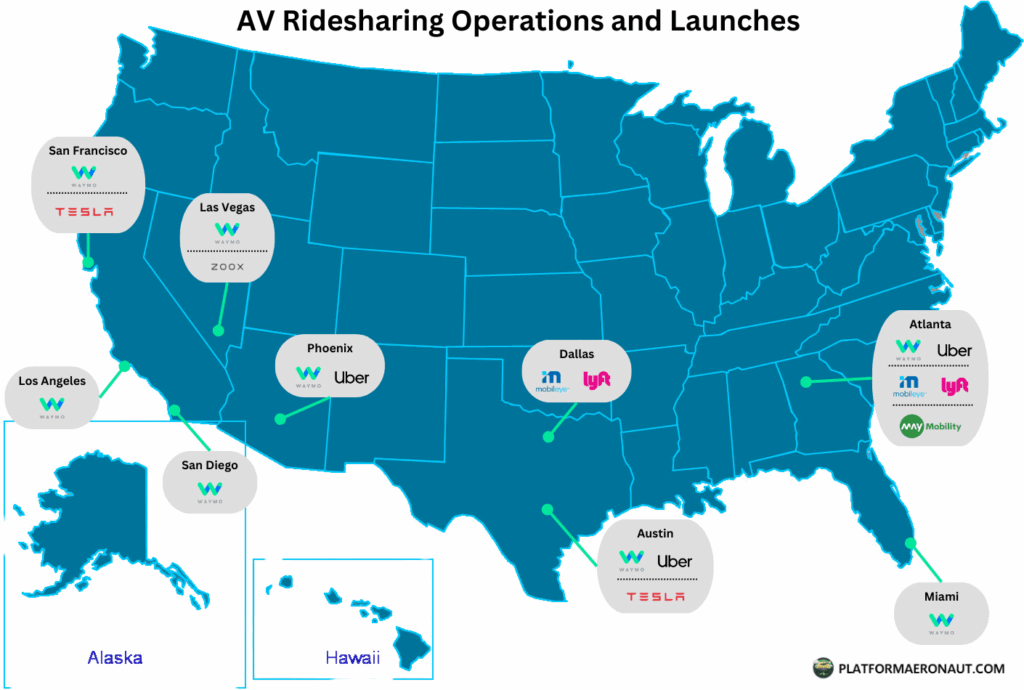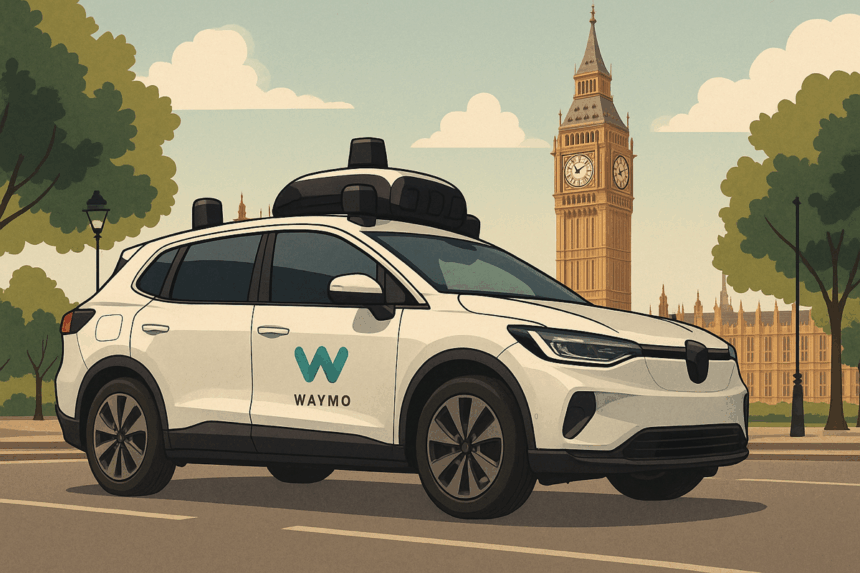London Opens Its Streets to Waymo’s Driverless Future
Waymo, the autonomous driving division of Alphabet, confirms that its driverless taxis start operations in London by 2026, a first for Europe. The company ships its vehicles to the UK capital for on-road testing this year with trained safety specialists inside each car.
With the introduction of Waymo’s autonomous services, London Waymo robotaxis are poised to replicate successes seen in San Francisco, Los Angeles, and Phoenix. Waymo’s team works directly with Transport for London and the Department for Transport to secure regulatory clearance for full-scale deployment.
“Autonomous ride-hailing can make roads safer and travel more accessible,” says Tekedra Mawakana, Waymo’s co-CEO. “We have proven the model in the United States. London presents the next opportunity to expand responsibly.”
What’s Happening & Why This Matters
Britain Embraces the Self-Driving Era
Waymo’s London expansion follows the UK government’s accelerated rollout of pilot programs under the new Automated Vehicles Act. The act introduces structured testing zones and licensing rules that fast-track approvals for commercial self-driving services.

Transport Secretary Heidi Alexander calls the introduction a serious milestone. “Welcoming Waymo brings innovation, jobs, and opportunity to Britain. This technology strengthens transport options and cements the UK’s reputation as a global tech leader.”
The new rules let approved firms conduct public trials even before full legislative enforcement. That opens the door for Waymo, Uber, and Wayve — a London-based startup — to begin limited rides in the city during 2025.
From Oxford to Tokyo and Beyond
Waymo already maintains roots in Britain. In 2019, it established its first European engineering hub in Oxford. Engineers there now coordinate with the London fleet to refine AI driving behavior on narrow urban roads, complex roundabouts, and unpredictable pedestrian crossings.
Outside Europe, Waymo recently launched an autonomous service in Tokyo, using Jaguar Land Rover electric vehicles. Waymo’s global footprint is growing, confirming that driverless fleets can adapt across cities with unique infrastructures.
The expansion efforts, including the London Waymo robotaxis, harnesses safety data that shows human drivers cause pedestrian injuries twelve times more often than its self-driving systems. This claim, verified by independent audits, drives momentum for adoption in safety-conscious markets.

A New Economic Engine

Analysts project London’s driverless taxi network generates thousands of tech-related jobs — from fleet maintenance to AI calibration and transport data analytics. The integration benefits the UK’s electric vehicle sector, given Waymo’s preference for fully electric platforms.
Waymo’s success in the United States provides a strong foundation. Since launching in 2020, its autonomous taxis completed over 10 million passenger trips. The high volume testing builds public trust through precision navigation, strict redundancy systems, and continuous route learning. The success of robotaxis in cities, like San Francisco, further bodes well for the London Waymo robotaxis initiative.
TF Summary: What’s Next
London’s embrace of autonomous taxis transforms Europe’s mobility ecosystem. Expect Waymo’s presence to drive competitive momentum, inviting global competitors.
MY FORECAST: Regulators adapt, infrastructure adjusts, and passengers gain a glimpse of transport’s future — one that runs quietly, cleanly, and without human error. Waymo’s London launch, denoted by the operation of London Waymo robotaxis, represents a new chapter in urban innovation, where autonomy and accessibility meet.
— Text-to-Speech (TTS) provided by gspeech


